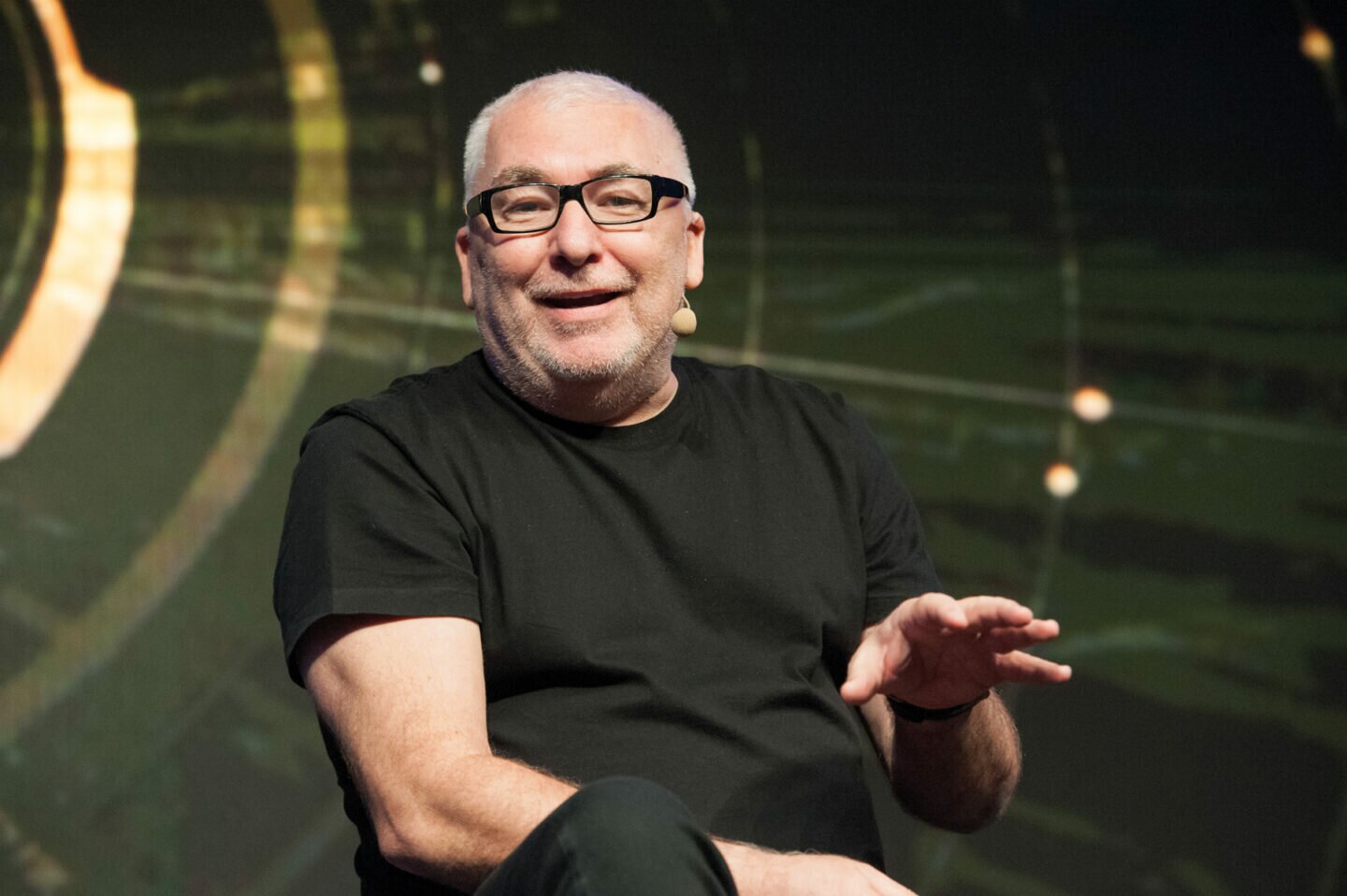As a designer, one of my biggest takeaways from the pandemic has been our inability to address problems that impact humanity on a broader scale. We can conflate a plain deficit in our education system with a limited understanding of things beyond a local framework, thus throttling our capacity to deal with larger global issues concerning our environment, and food and water supply.
I believe that if Steve Jobs — with whom I worked for over a decade — were around today, he will likely engineer something to help democratise access to knowledge and relationships. He might deliver a solution to disrupt our education operating system (OS) from top to bottom.
In the same way Apple has shifted the way we consume entertainment, there’s the potential for an alternative education OS to empower people.
Framing paradigms in tech parlance may be fitting, considering how the rapid adoption of distributed technology in our communications, work environment and supply chains has engendered a new capacity to engage with others.
We have been operating in an outdated OS that is fragmented, linear and task-oriented. What we need is one that allows for multiple forms of input, expression, connectivity and application.
However, I’d argue that we still have a long way to go in terms of true innovation to enhance our experience with technology. Ironically, this connective technology has made us more disconnected; results from a 2021 Pew Research Center survey of US adults revealed that 40 per cent of those who have conversed with others via video calls since the beginning of the pandemic have often felt worn out — described in the popular imagination as “Zoom fatigue”.
Hence, we need to bring a capacity for human interaction at a more meaningful level into the conversation.
For a start, design thinking — albeit not a cut-and-dry answer to our problems — can lead to design solutions that create real value and meaning. Not to be confused with design, this is qualified as the beginning of any design process to create resilience and awareness of our social environment.
Defining the impact or human outcomes of any design is where real value can be created. For instance, the pandemic has underscored a fundamental failure in urban planning that has resulted in long commutes between our homes and places of work or leisure.
If you are attempting to create an urban situation that supports positive human outcomes, then you must consider the individual aspects of a resident’s or visitor’s life, including the commute. I believe the opportunity to shift the way we zone our cities from the old industrial model to a modern context requires us to think about urban design in the same way we think about a new OS in technology.
We have been operating in an outdated OS that is fragmented, linear and task-oriented. What we need is one that allows for multiple forms of input, expression, connectivity and application. This is something American Pulitzer Prize-winning writer Thomas Friedman calls “dynamic stability”, which loosely translates to flexibility in addressing dynamic conditions.
The concept of the 20-minute city, where people can meet most of their everyday needs within a 20-minute journey from home, has come under the spotlight recently. It responds to an era of exponential change, where a single function gives way to flexibility. It is an enormous challenge for urban planners, designers, architects and real estate developers to plan more successful living, working and recreational spaces
Designing brand loyalty
Beyond reimagining our lived environments to foster greater resilience, design anchored in human outcomes carries diverse business applications.
Many people understand design in a tactical sense: “I need a building, design one.” But design disciplines extend beyond serving a base function.
At Eight Inc., we’ve always been interested in understanding how we can drive the most value to companies by designing the best experience that their customers can have, one that spans the environments, communication styles and services through which they get to know the company. This is known as experience design.
Over the years, working with the likes of Apple, Virgin Atlantic, Tesla and now Ford, we’ve consistently observed that companies creating value through strategic design are in the best competitive position for success.
Design is a key factor in the experience customers have with companies, allowing them to move from transactions to deeper relationships. Jobs once said: “This is a very complicated world; it’s a very noisy world. And we’re not going to get a chance to get people to remember much about us.” He emphasised the importance of expressing your values clearly and creating touchpoints that help communicate them.
Experience is holistic. If you do this well, you create irrational loyalty, passion and, ultimately, value.


